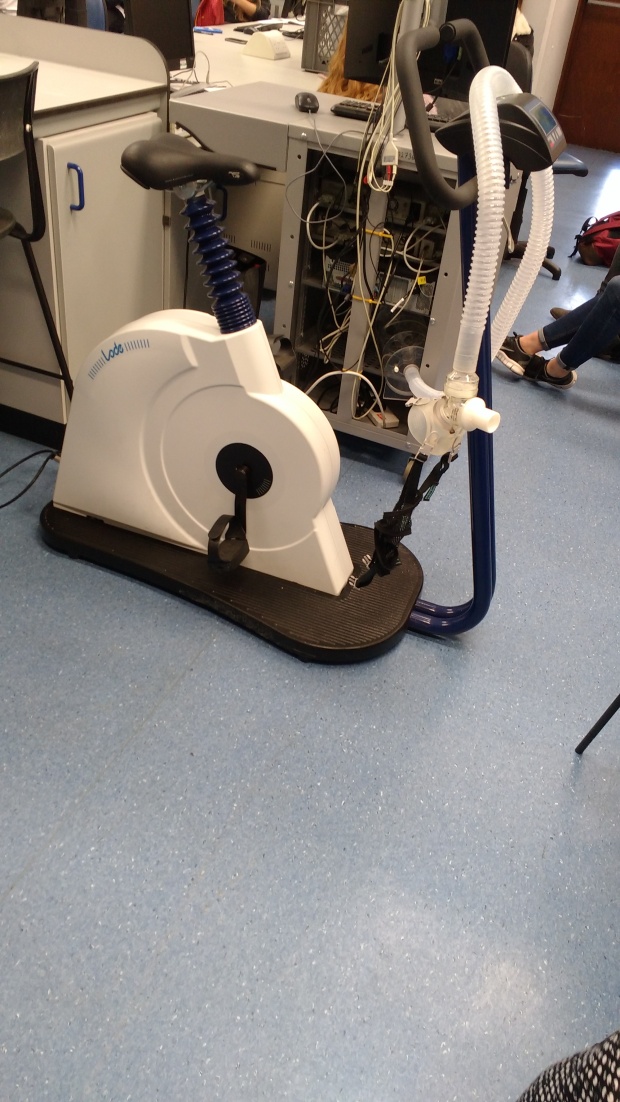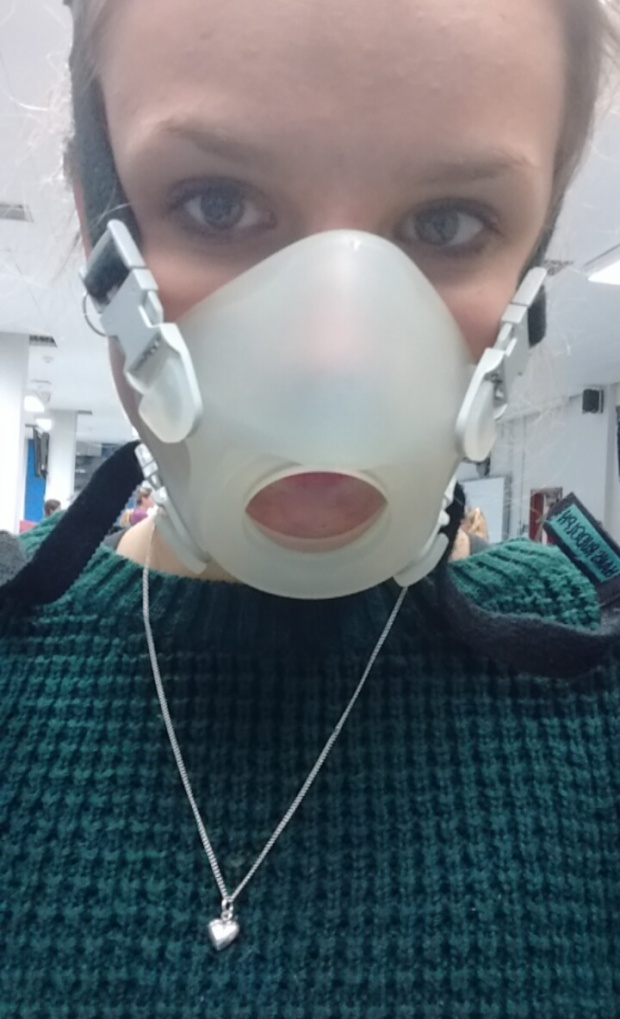This term I am taking a module called coordinated physiological functions. It is actually based in the department of animal science so there is a variety of students on the module.
We will be looking at a variety of connected functions and behaviours and be focusing on the role of the hypothalamus and inter-connections with the nervous and endocrine systems. This is a key link between physiological function and behaviour.
‘The neural circuitry has a key role in providing central drive to the physiological changes underlying physical exercise. Increased activity has to be matched by alterations in cardiovascular and respiratory effort to meet the increase in metabolic demand.’ This is the description on our module handbook and introduces the area that we are currently looking at in our lab sessions.
In our labs we are comparing exercise economy according to predicted VO2max. We will look at the null hypothesis: fitness doesn’t predict exercise economy.
Exercise economy the energy cost of exercise at a particular work rate. Exercise economy can predict performance in aerobic events.
VO2max is oxygen consumption at maximal work rate. Fitness is characterised by VO2 max.
So basically we are going to see if fitness levels link to performance levels in the way we would expect. Using ourselves as subjects!
This is the equipment we will be using linked up to a computer.

We initially walked for a mile timed it and measured our heart rate after and then ran for a mile and timed it. We used these numbers and our weight and height to estimate our VO2max using an equation. We also predicted it using another equation based on non exercise data – using an exercise questionnaire and our BMI.
The next task is to predict our VO2max at sub-maximal work. So we will use the bikes to exercise to 75% of our VO2max and find the workload for each induvidual. Then we will use this to reate 4 workloads and then exercise for 3 minutes at each workload and record O2 consumption, heart rate and respiratory exchange ratio in order to predict VO2max.
Finally we will determine exercise economy by exercising for a short duration and measuring oxygen volume consumed. Subjects that consume less oxygen will be consumed by subjects that perform better.
Once we do all this we have to write up a group report of the findings.
Just shows how varied studying nutrition is!

Trying on the mask before I was linked up to the breathing equipment! It has to be completely tight so that all gas exchanged can be measured through the tube the mask is attached to.